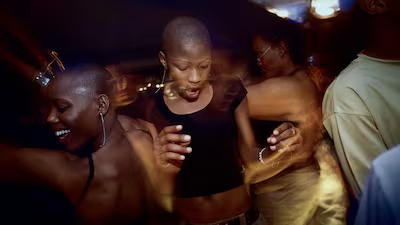
Amapiano is becoming increasingly popular throughout Africa. Getty Images
Amapiano is becoming increasingly popular throughout Africa. Getty Images
From South Africa to the world: why amapiano could be the next dance music genre to rule the clubs
The genre’s fun sound is making waves throughout Africa and has the potential to go global

